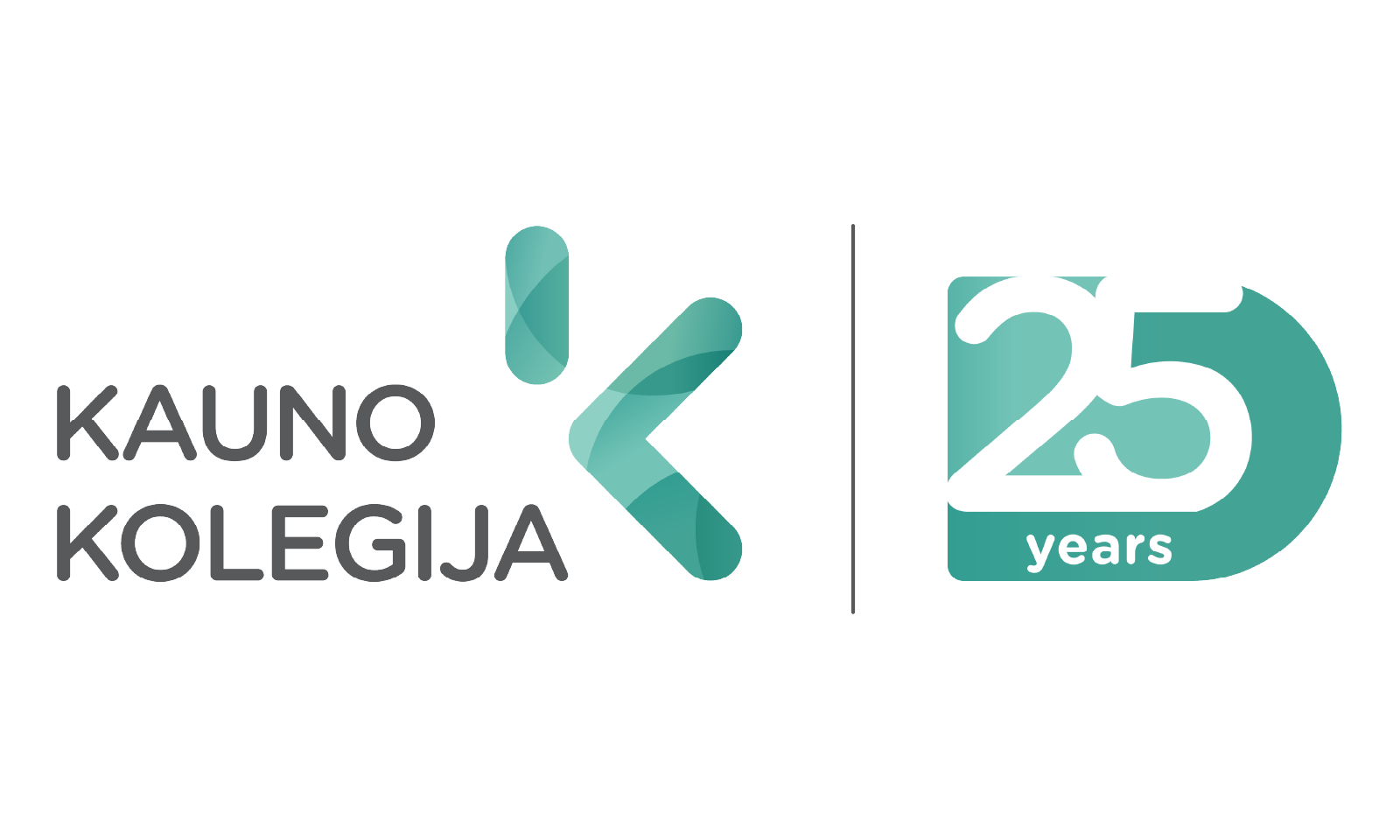| Course title | ECTS Credits | Semester | Annotation |
| 1st academic year | |||
| Creative Project in Photography | 6 | Autumn | * |
| Basics of Composition | 6 | Autumn | The course consists of two main topics: the fundamentals of composition and the study of objects of colour. The first part introduces the influence of the fundamentals of composition on artistic creation. The principles of the structure of composition are explored, starting with an understanding of image and form. It analyses the processes of composing the individual parts and elements that make up the composition as a whole. The simplest elements of compositional expression are discussed: point, line, spot and their practical application. Practical mastery of the tools of harmonising a composition: symmetry, asymmetry, statics, dynamics, contrast, nuance. Their significance for photographic composition is summarised. The second part introduces the concepts of colour science and their influence on artistic composition and photographic performance. Colour models, classification and terms are examined. Colour symbolism, colour associations and psychological effects are explained. Purposeful colour selection is analysed. The influence of colour on photography is reviewed. |
| Basics of Photography 1 | 6 | Autumn | Introduction to the classification of cameras, classification of lenses and lens diagrams, analysis of luminous intensity, lens field of view, lens aperture, lens brightness band and aperture. Shutter mechanisms and their types are discussed. It explains how to reduce the grain and contrast of the negative. Different types of photographic materials and their properties. Classical photo printing is taught. The selection of tools and tools for retouching the positive and retouching the positive. The aim is to learn how to flatten, crop, tone and saturate photographs. The aim is to gain an understanding of developing, the composition, properties, durability and temperature of developers. The process of washing and drying, fixing, contact and projection pressure of negative and positive photographic material is analysed. The design features of the pinhole camera are introduced. The creative work is implemented and the result is properly prepared for exhibition. |
| Foreign Language 1 (English) | 3 | Autumn | * |
| Basics of Architecture Photography | 3 | Spring | * |
| Basics of Using Photographic Equipment | 3 | Spring | The course is designed to provide students with essential knowledge and skills in the correct use of photographic equipment and materials. |
| Alternative Processes in Photography | 6 | Spring | Explores various alternative photographic processes, aims to master the equipment and tools used for alternative photographic processes, and is familiar with the materials used for alternative processes. Mastery of Cynotype technology, Gumbichromate technology, Gumoil technology, Lit-print. The work is analysed and discussed. |
| Foreign Language 2 (English) | 3 | Spring | * |
| 2nd academic year | |||
| Applied Computer Software | 3 | Autumn | During the course, the programs (Adobe Photoshop, Adobe Bridge and Adobe Photoshop Lightroom) are analysed. The study process consistently includes the study of digital image processing processes, correction methods, and the creation of individual sheets. Students are taught how to select appropriate digital image processing techniques and apply them creatively to different image genres. |
| Basics of Photography 2 | 3 | Autumn | The specifics of digital photography and its application for creative purposes. The skills of generating and formulating artistic ideas are improved, and the aim is to implement the ideas with the motivation of the chosen photo technique. The classification of light in photography, the differences between studio and outdoor light in photography, and the possibilities of studio and outdoor light in fashion photography. The creative work is implemented and the result is properly prepared for exhibition. |
| Commercial Photography | 6 | Spring | Introduces scriptwriting techniques, discusses the aspects of pitching and justifying an idea for a commercial/fashion photography project, and analyses the steps involved in writing a brief for a commercial photography project. It introduces the stages of managing an artistic fashion photography project, such as preparing an estimate, assembling a team and the possibilities of realising and implementing the project. |
| 3rd academic year | |||
| Project in Photography | 6 | Autumn | * |
| Two Dimensional Art Work Reproduction and Photography of Three Dimensional Art Objects | 3 | Spring | Introduction to the reproduction of flat artworks and photography of volumetric works of art. Discusses the control of light in the reproduction of flat artworks and the photography of volumetric works of art. Laboratory work on reproduction of flat works of art using narrow, medium and large format photographic equipment and various light sources and configurations, polarised and non-polarised light flux and various light shaping tools. Laboratory work on the photography of volumetric works of art, using a variety of natural and artificial light sources and configurations, and a variety of light shaping techniques. Learning to photograph a selected work of art using different types of photographic equipment. |
*For more information about the content of the courses and application please contact International coordinator at Faculty of Arts and Education Kristina Juodeikiene kristina.juodeikiene@go.kauko.


